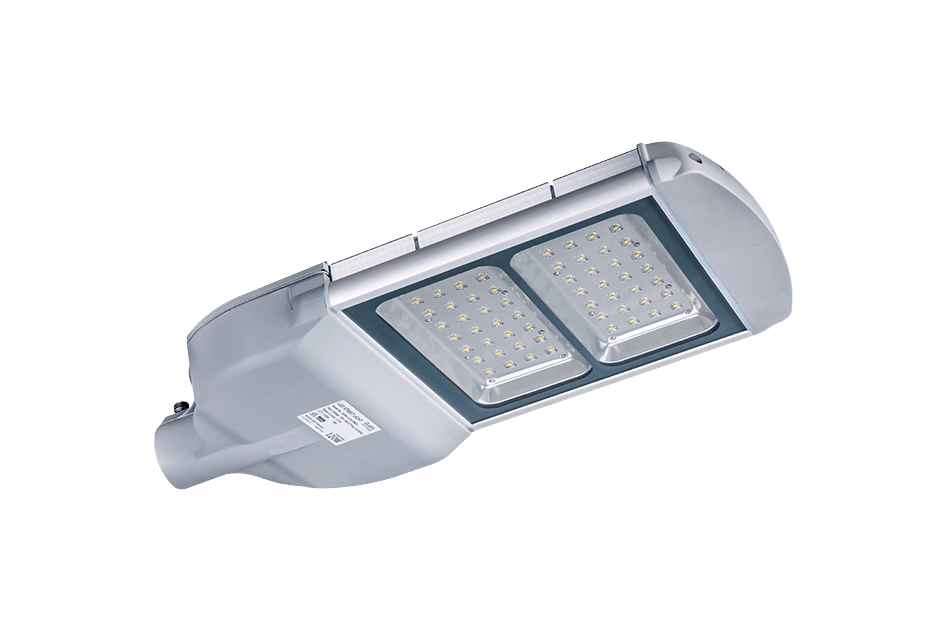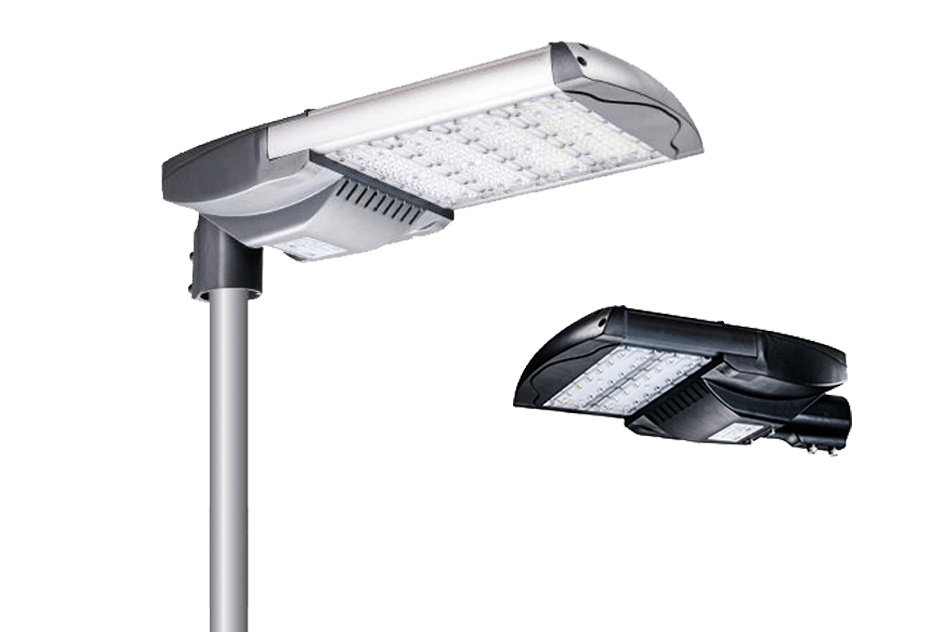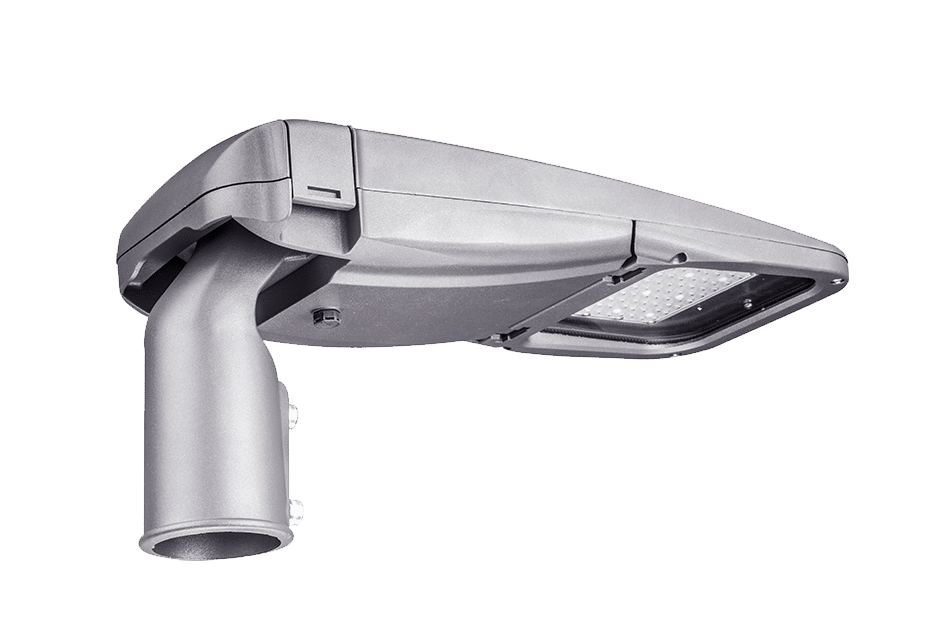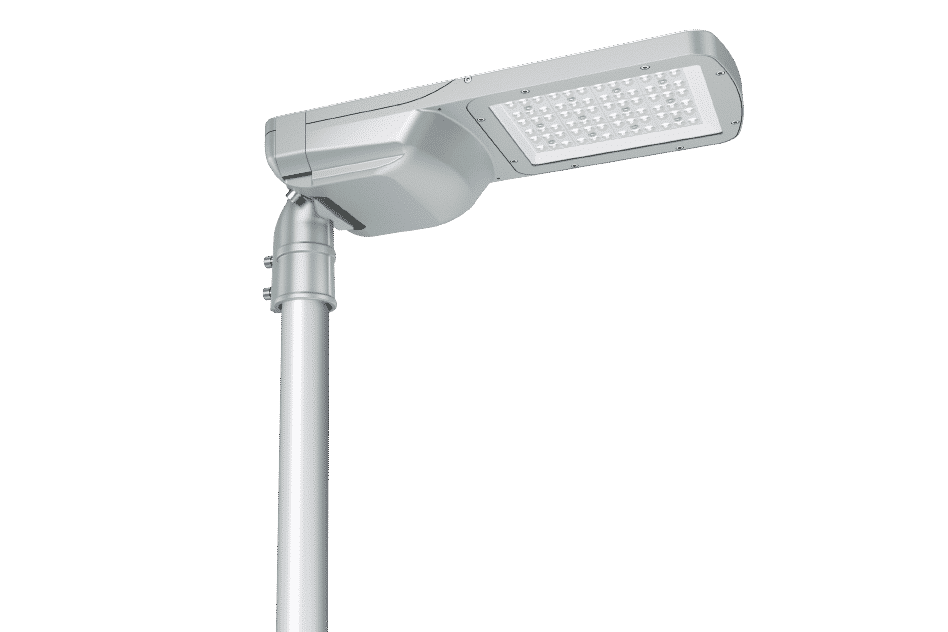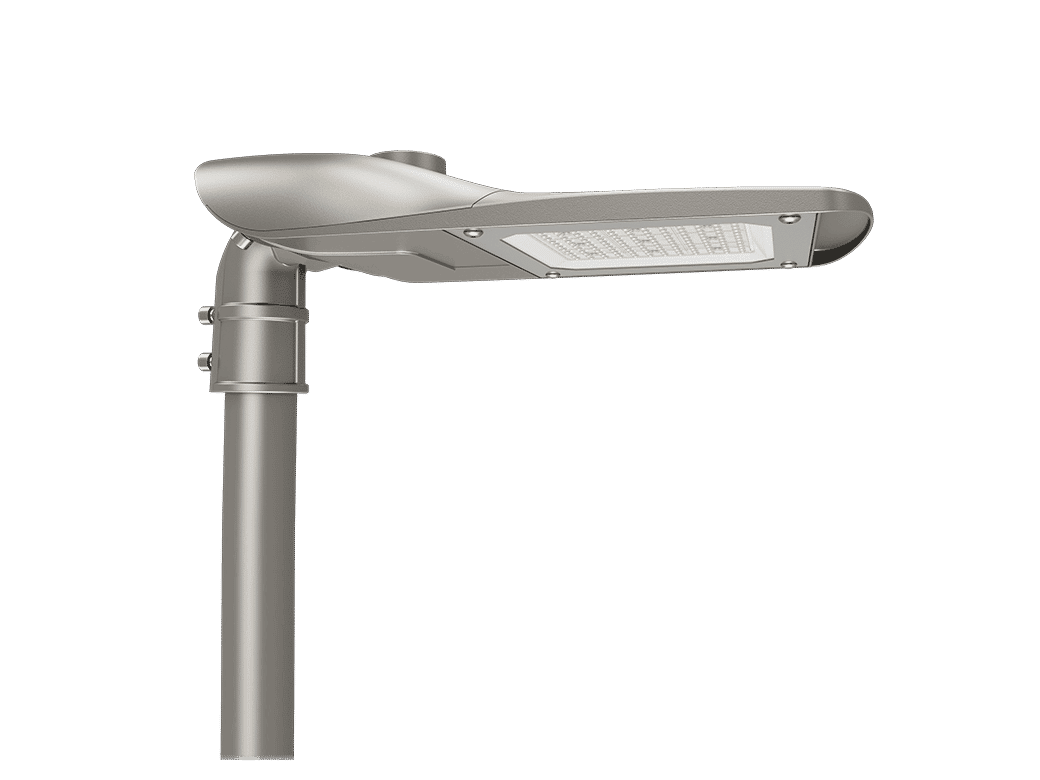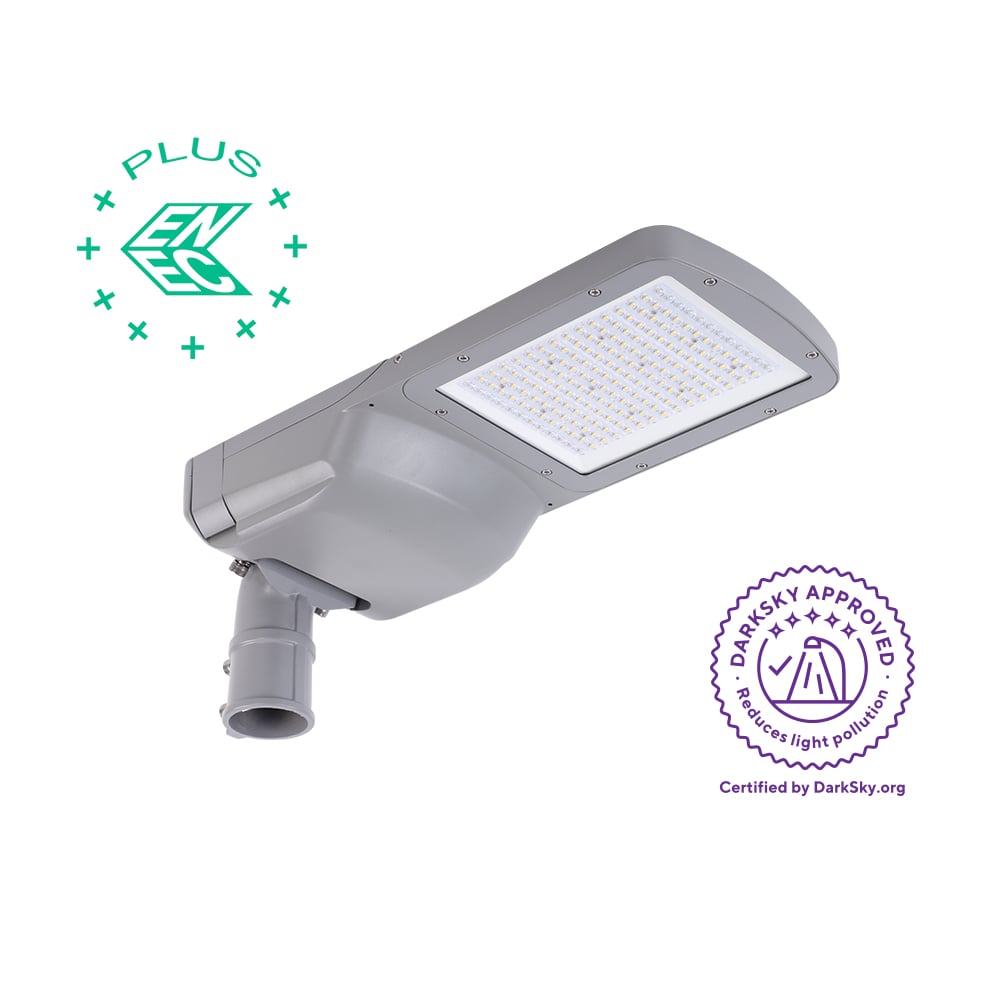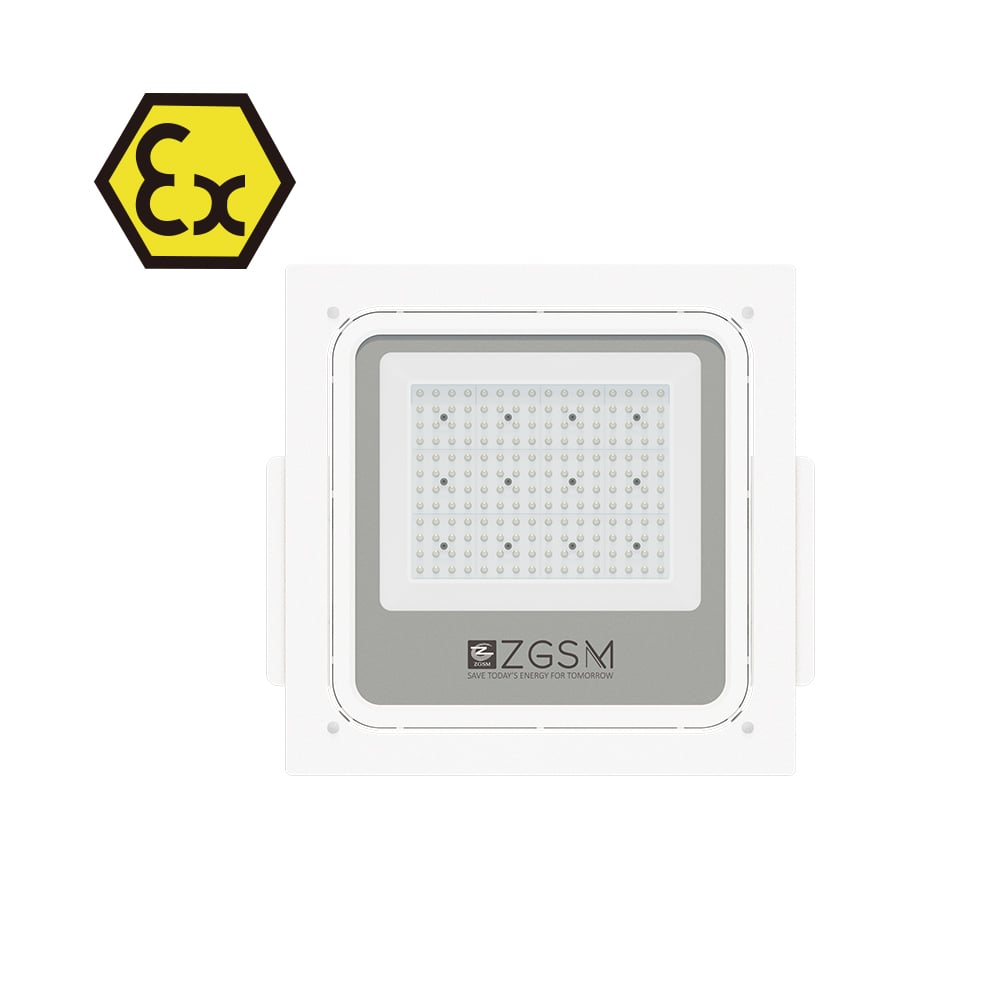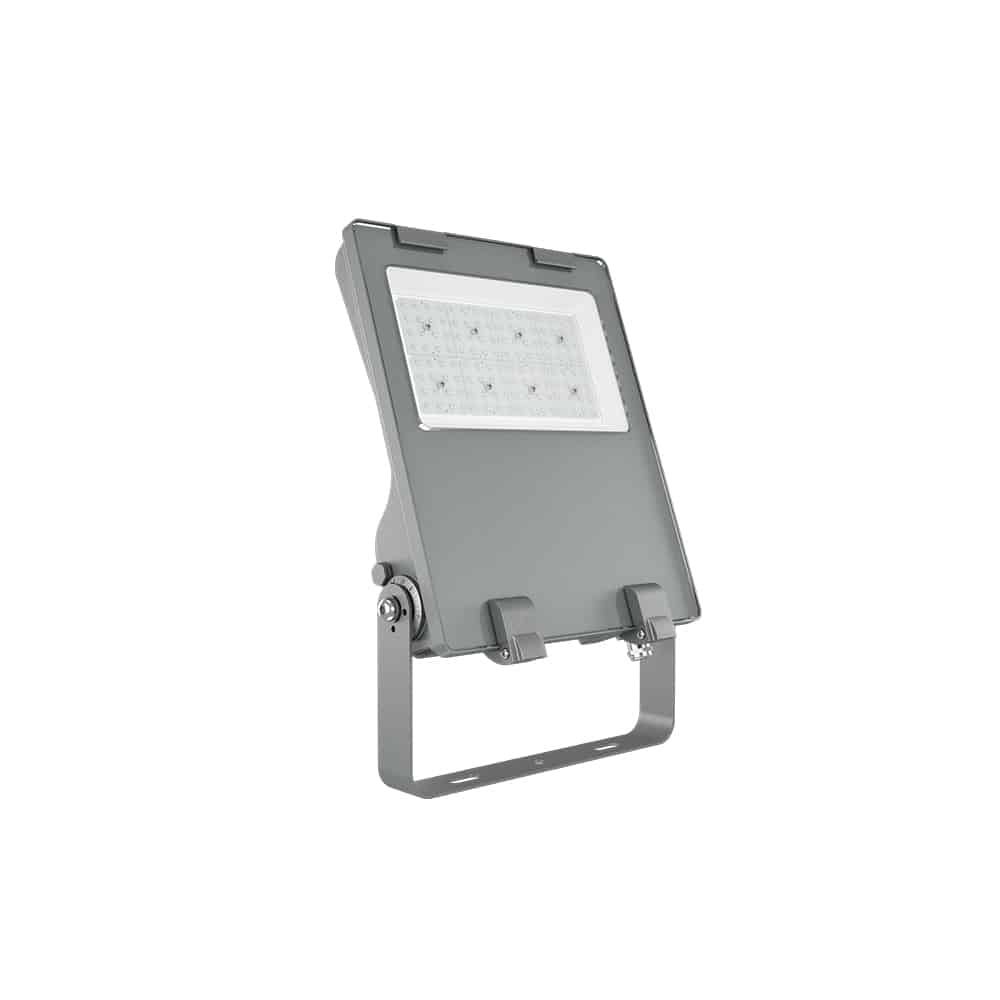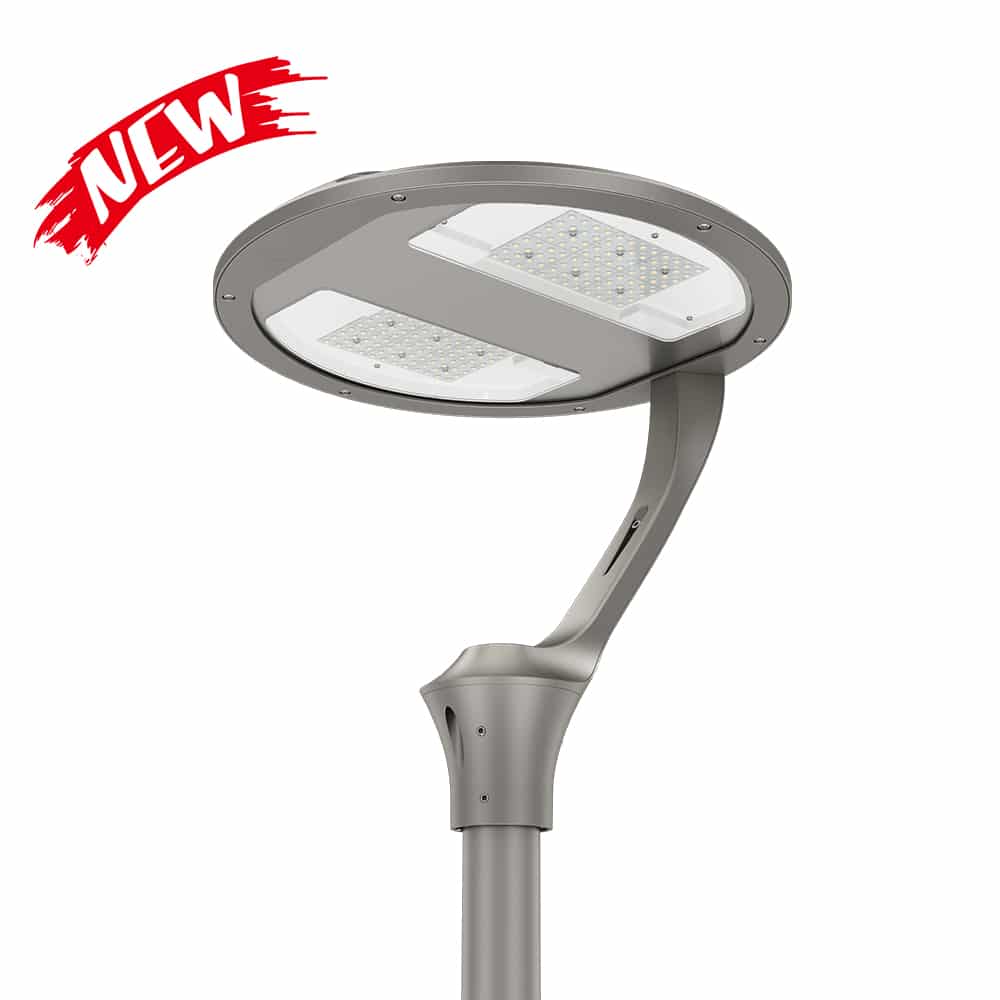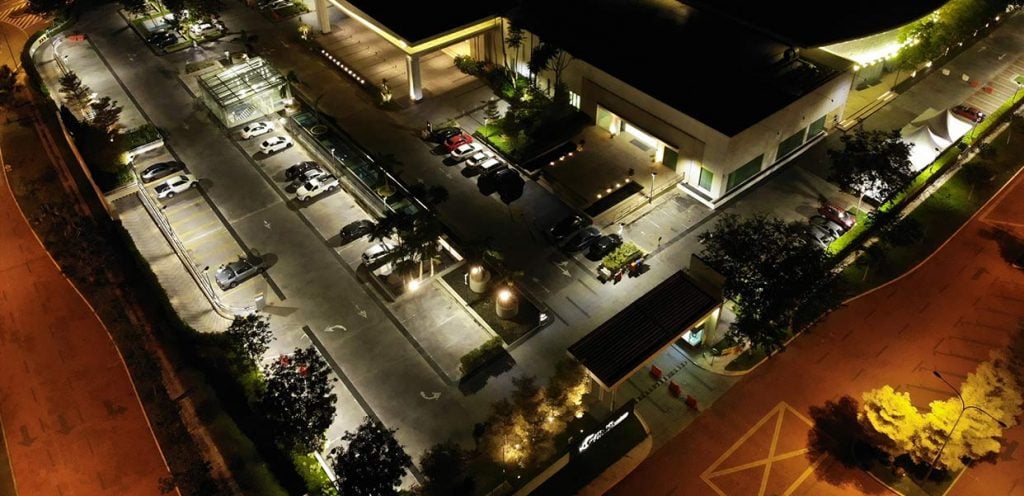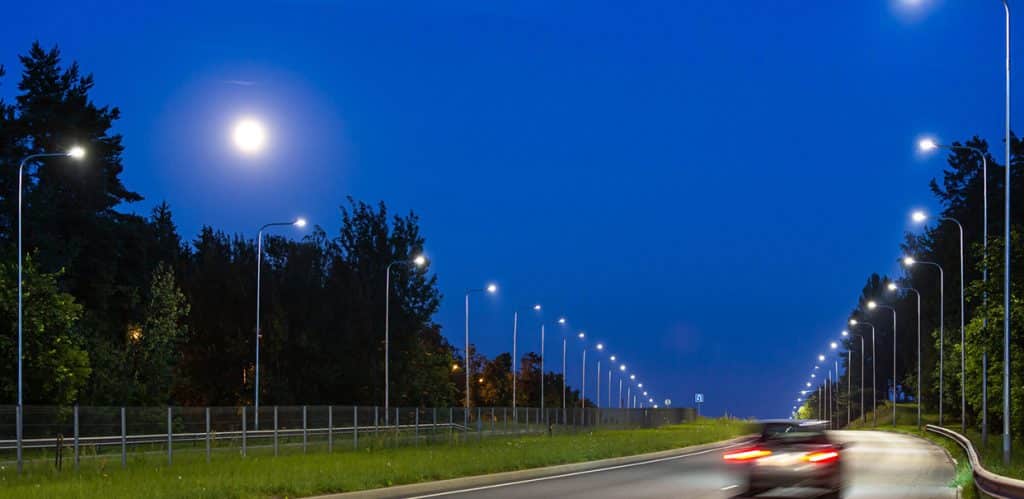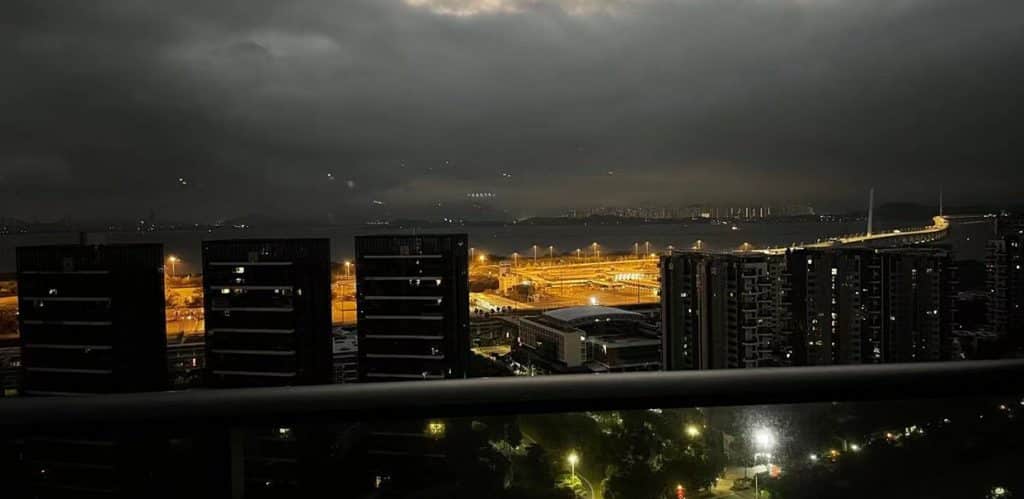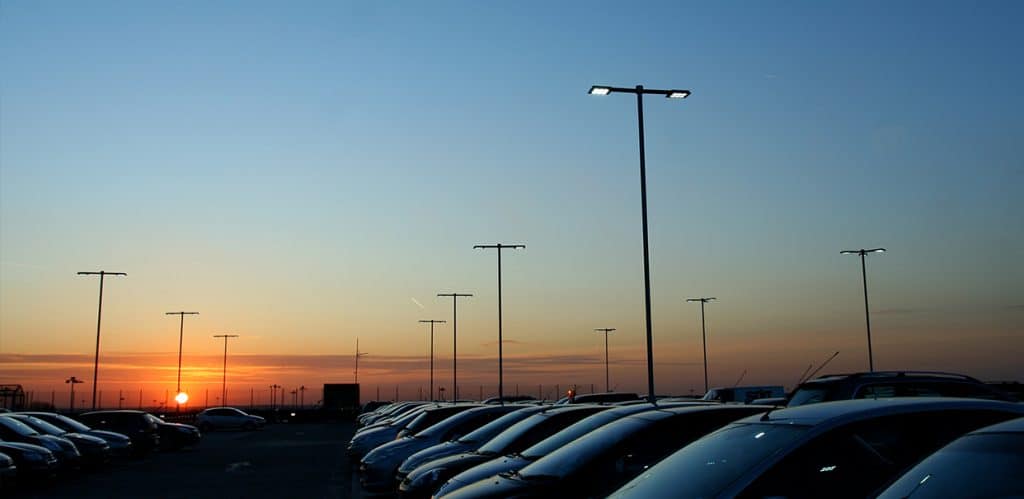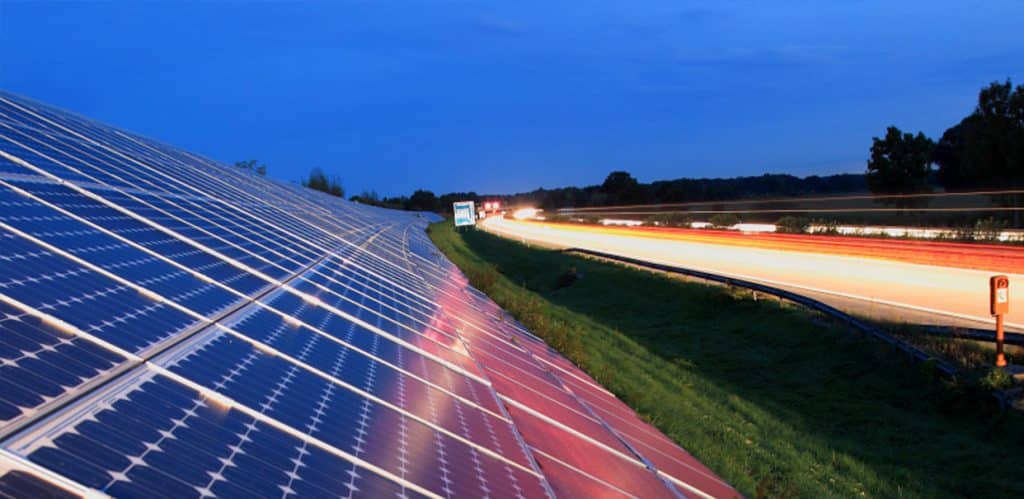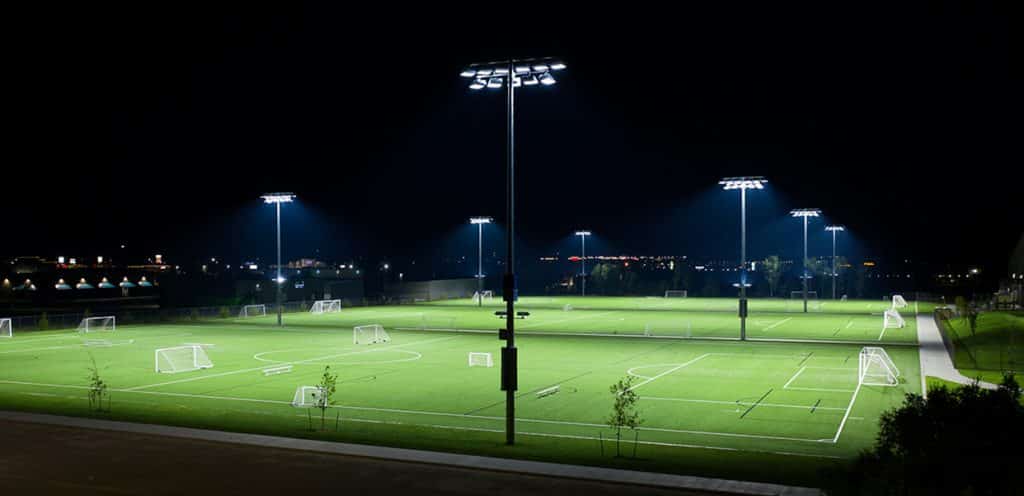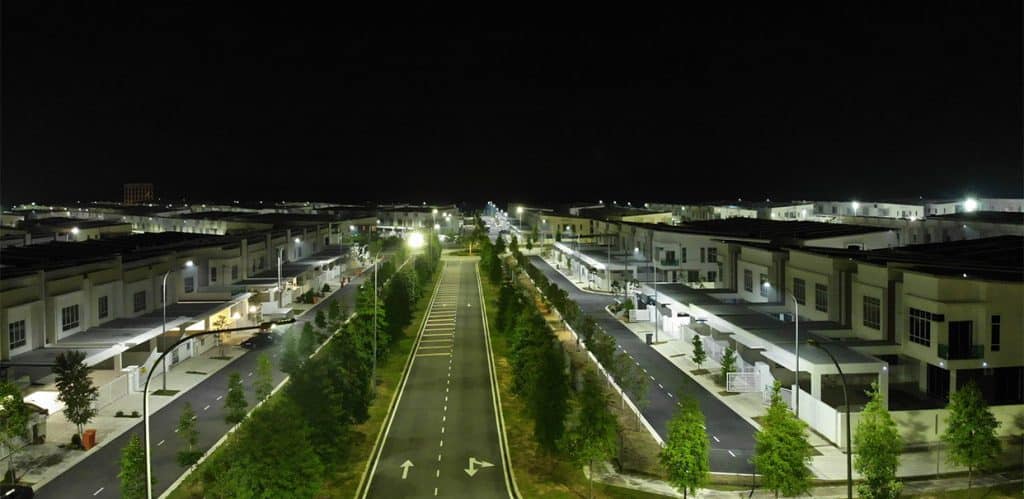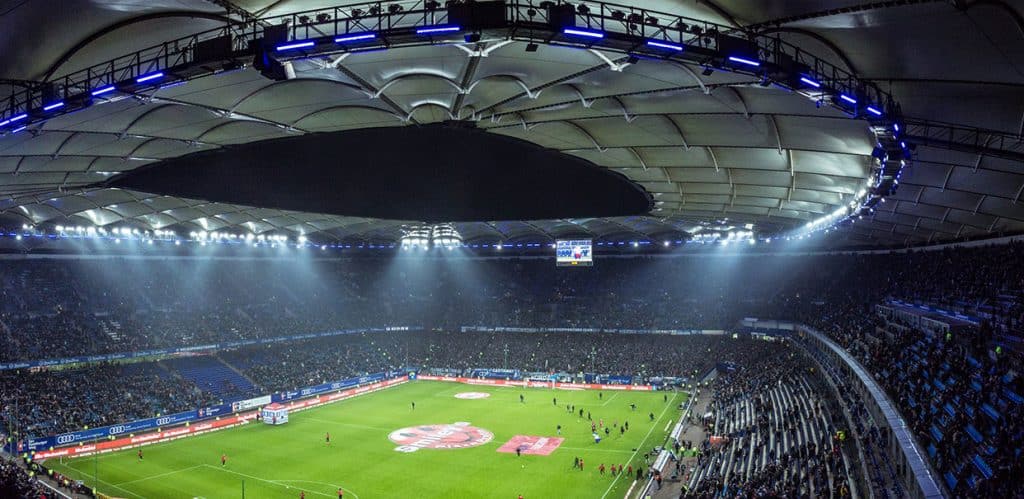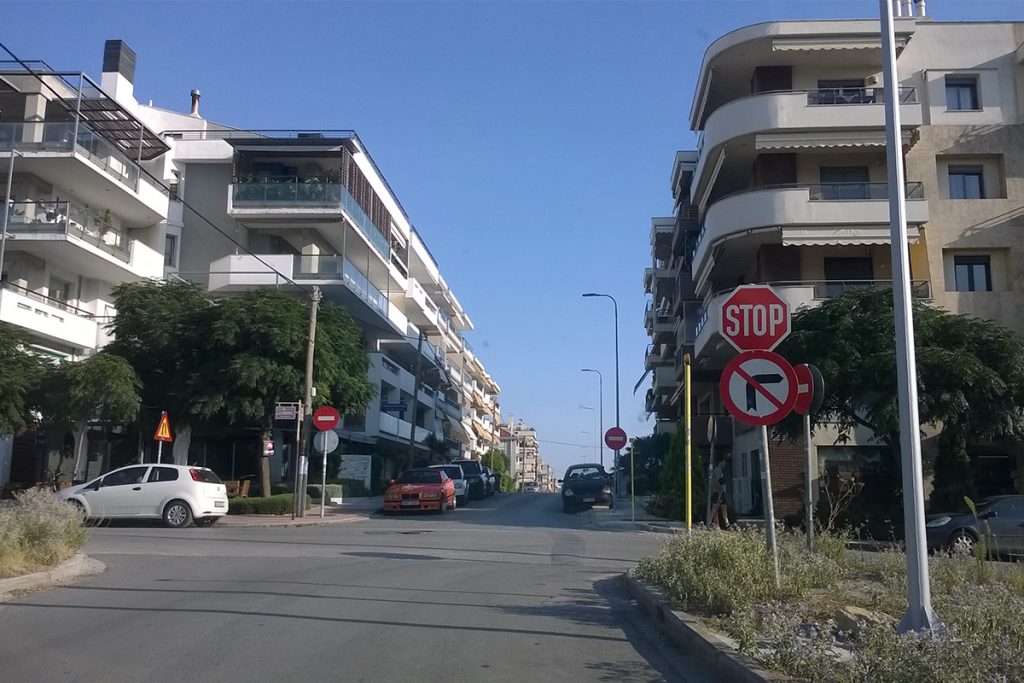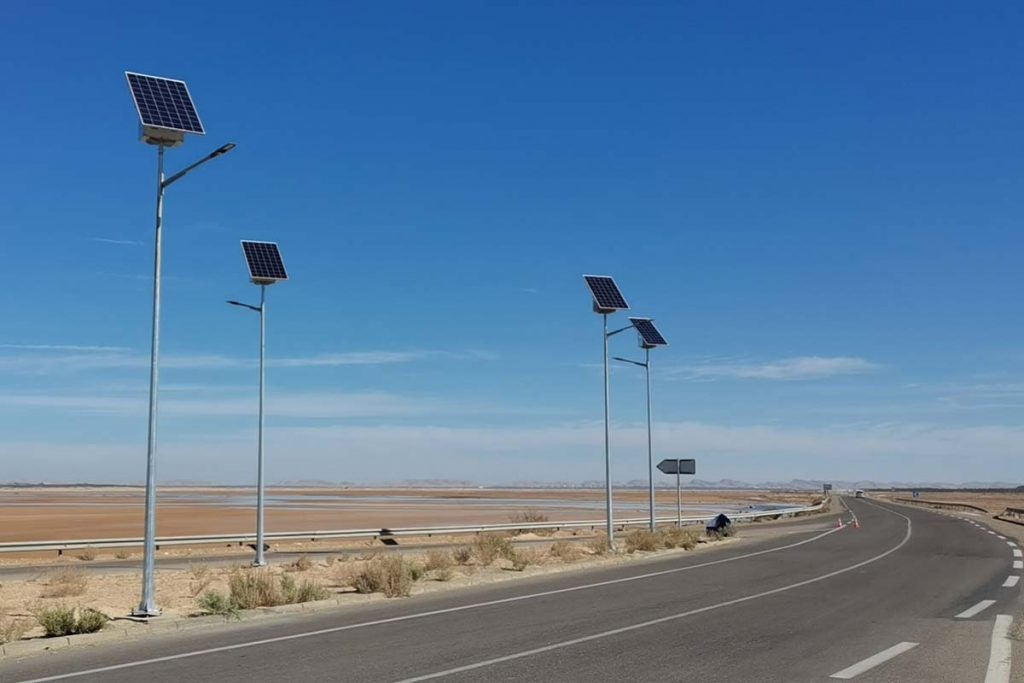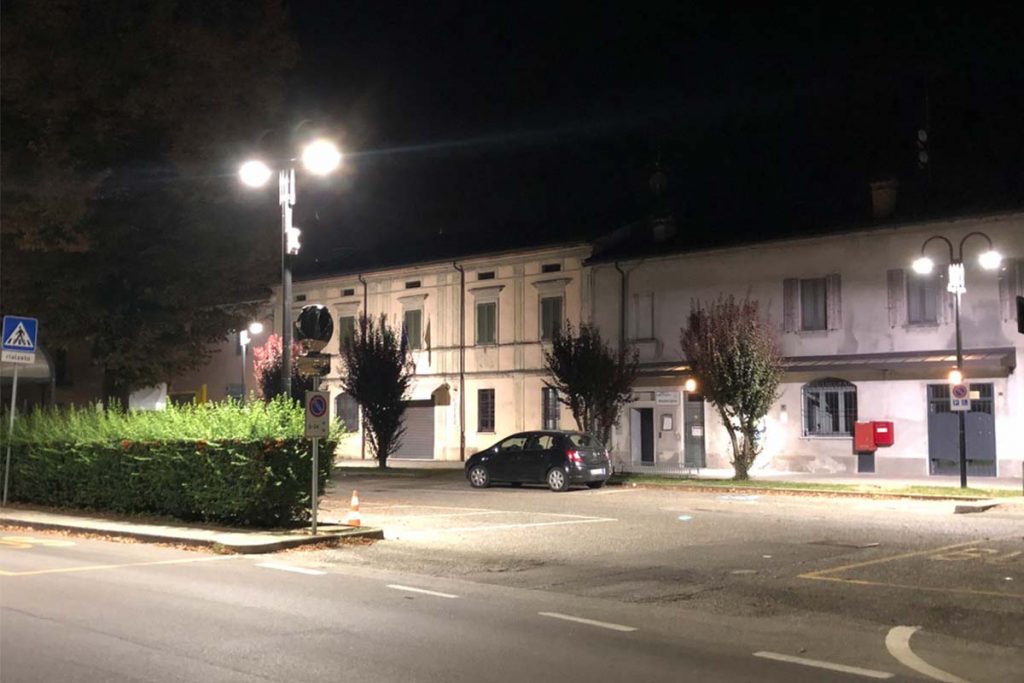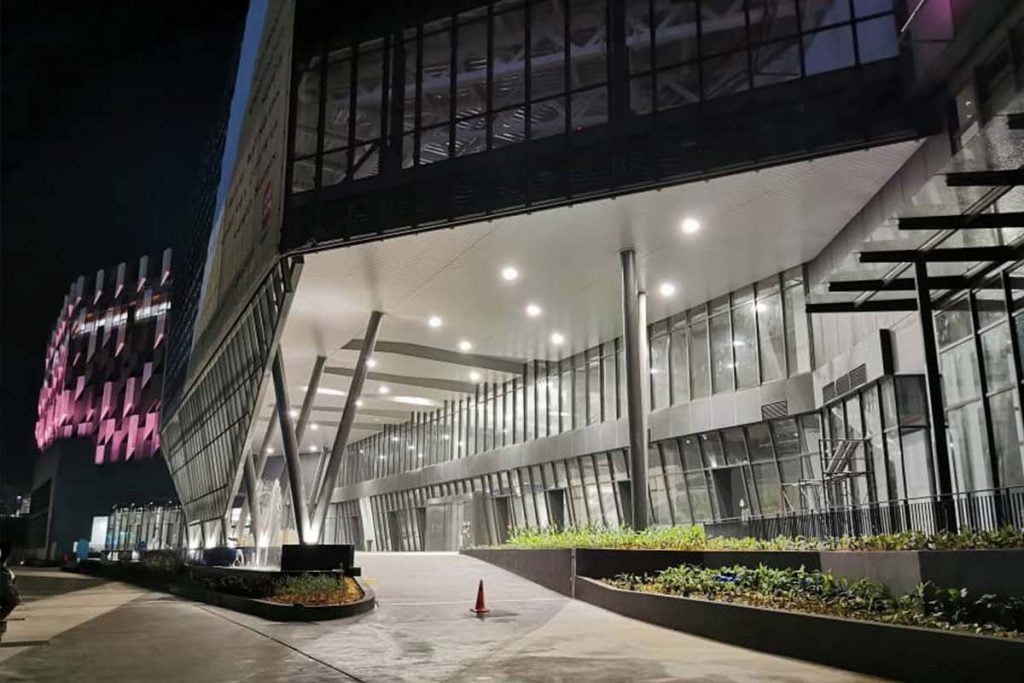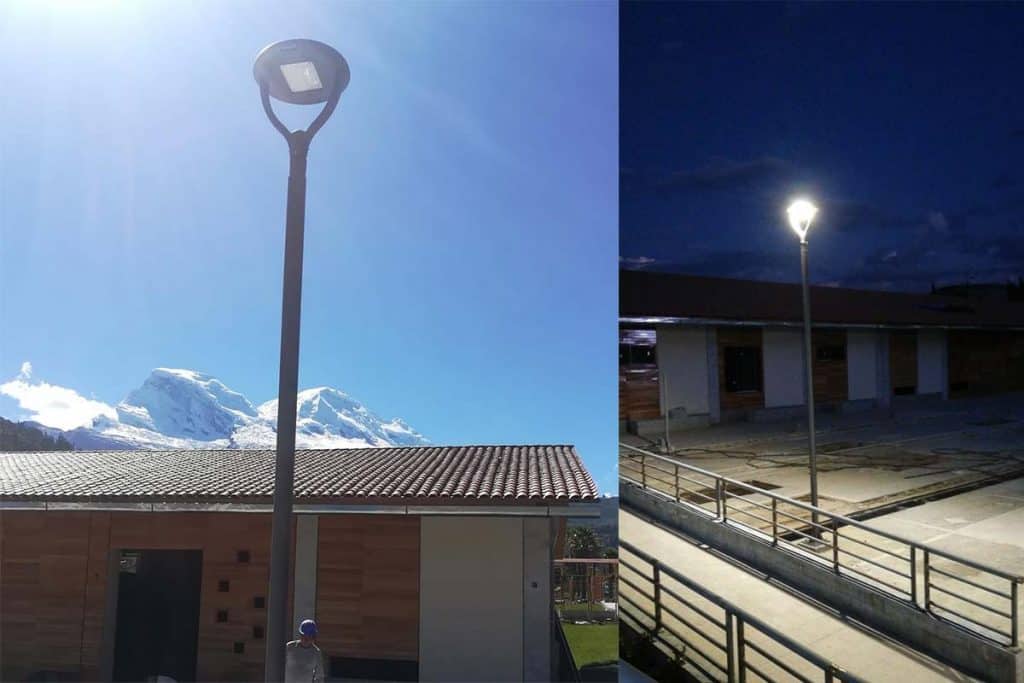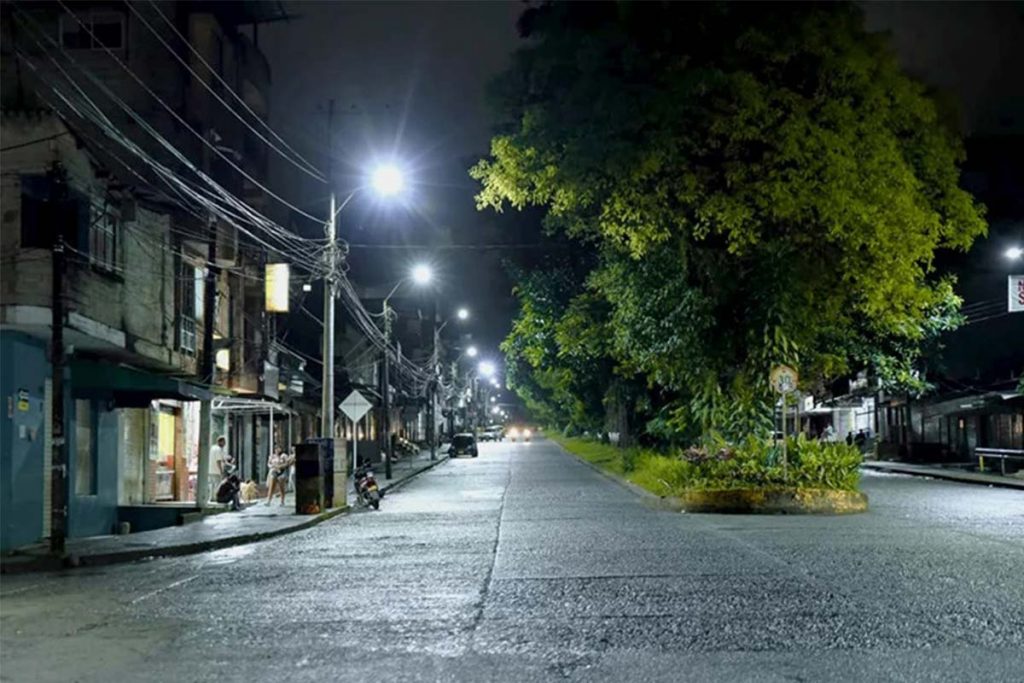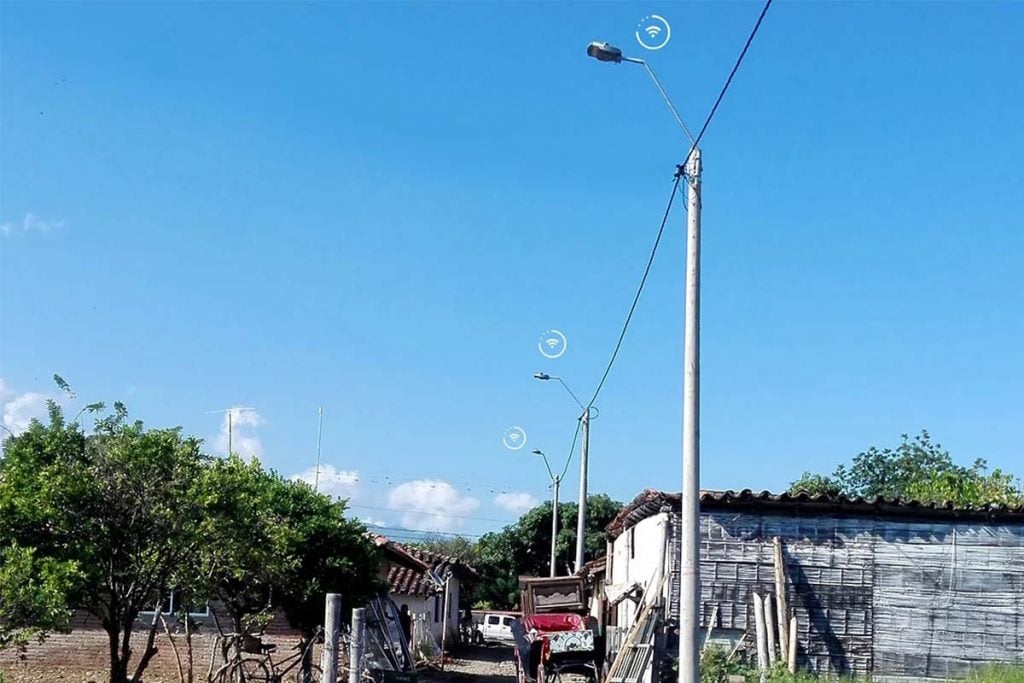Watts to Lumens, Lumens to Lux
Watts to Lumens, Lumens to Lux
Introduction
Wattage and lumens are two commonly used measurements of light output when shopping for light fixtures. Wattage is a measure of the energy required by a light fixture to produce a certain amount of light, while lumens are a measure of how much light is produced by light fixture. Lux is the lighting effect achieved by the lamp after installation. Knowing the difference between wattage and lumens, as well as calculated lux, can help you choose the right fixture for your application.
LEDs have taken off in the 21st century primarily because they can produce the required amount of light at a lower wattage (energy consumption). When you’re shopping for LED fixtures, you’ll want to look at the wattage to determine how much power the LED fixture needs to produce light. Generally speaking, the higher the wattage, the brighter the light. However, wattage doesn’t tell you how much light is actually being produced, and that’s when you need to care about another metric – lumens. Lumens measure the amount of light produced by an LED fixture, and this allows you to compare the brightness of different fixtures (under the same usage conditions). Finally, we can check the illuminance level of the illuminated space through a lighting simulation or lux meter. These parameters we think are well very necessary to be well studied.

What are Watts?
Watt is a unit of power that measures the energy consumed by lighting fixtures. When I was young (20th century), people bought lights by looking at the wattage of the bulb, for example we often needed a 100W incandescent to light our living room. Generally speaking, the higher the wattage, the higher the brightness of traditional lamps such as incandescent and fluorescent lamps, so at that time wattage became a measure of brightness. In an incandescent lamp, the current passes through the filament inside the bulb to generate heat and brightness, but the heat accounts for a large proportion, and this is not what we need. This means that the efficiency of converting electrical energy into light energy is very low for incandescent lamp.
As technology advances, these bulbs are replaced by more efficient and energy-saving lighting devices, such as LED (Light Emitting Diode) and CFL (compact fluorescent light). They work differently than traditional light fixtures, and they tend to use less heat while producing the same level of light output. Therefore, the word “lumen” came into being, and choosing lamps by wattage is no longer so popular.
What are Lumens?
Lumen is a physical unit that describes luminous flux. Physics is interpreted as one candlelight (cd, Candela, luminous intensity unit) in a solid angle (on a unit sphere with a radius of 1 meter, the spherical cone corresponding to the spherical crown of 1 square meter, which corresponds to the central angle of the mid-section is about 65°) to generate the total emitted luminous flux. It is a measure of the brightness output by a lighting fixture. The more lumens a light provides, the brighter the light. Lumens are a more precise unit of measurement than wattage, and they can more directly tell you how a lighting fixture will perform (lighting effects) in an application.
LEDs have grown rapidly in recent decades, providing an energy-efficient way to illuminate any space, including homes, businesses, roads, outdoor public areas, and more. The rapid development of LED is because it has higher lighting efficiency, that is, it produces the same luminous flux (Lumen output) and consumes less power. LED lights are available in a variety of efficacy ratings, ranging from 20 lumens/watt to 180 lumens/watt, with some LED lights now offering light outputs as high as 200 lumens/watt. These make us pay more attention to the lumens when selecting LED lamps, instead of choosing the right lamps based on wattage. Because a 100W, 160lm/W street lamp can be brighter than a 150W, 100lm/W lamp, even brighter than a 200W HPS lamp.
What is Lux?
1 lux is defined as the equivalent of one lumen of light distLributed over an area of one square meter. In other words: a specification in lux tells you how many lumens (total lumen output) you need in a given measured area to be illuminated. For example, your room needs an average illuminance of 200lux, and the room is 10 square meters, then the lumen you need = 200lux*10m2=2000lm. When it’s divided by the maintenance factor of 0.8, we get that 2500lm (about a 20w LED canopy light) is needed to illuminate your room. You can see from the calculation formula that if the room is large, then in order to get the same illuminance level, you need to increase the wattage or number of lamps to achieve the lux level you need.
In summary, lux is the lighting effect (illuminance level) of the lamp in service. To light a larger area to the same lux level, we either increase the lumens of the fixtures, or increase the number of fixtures.
Difference between lumens and lux
Luxes measure the same quantity of light but are projected onto a surface, whereas lumens measure the amount of light emitted by a source. As a result, one lumen per square meter is equal to one lux.
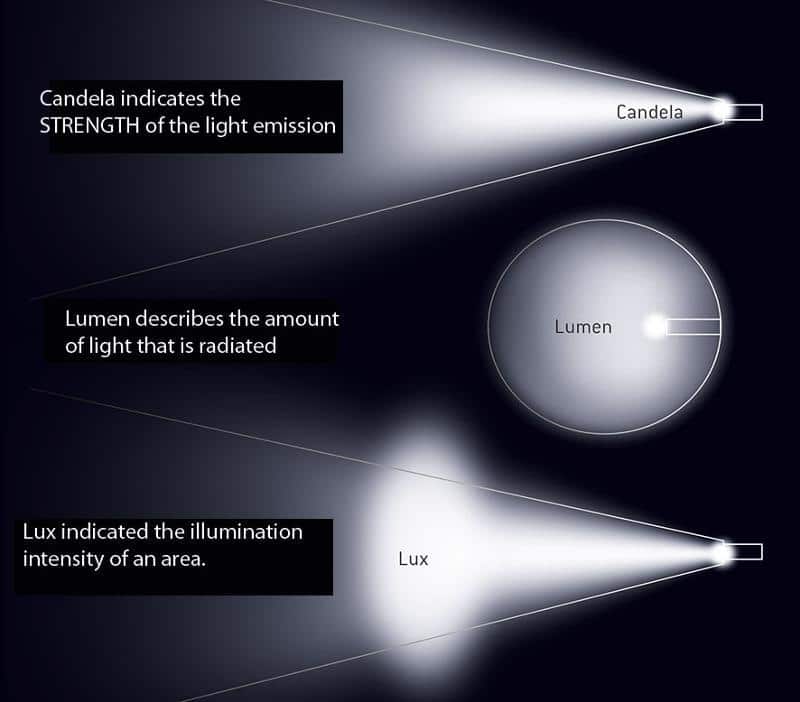
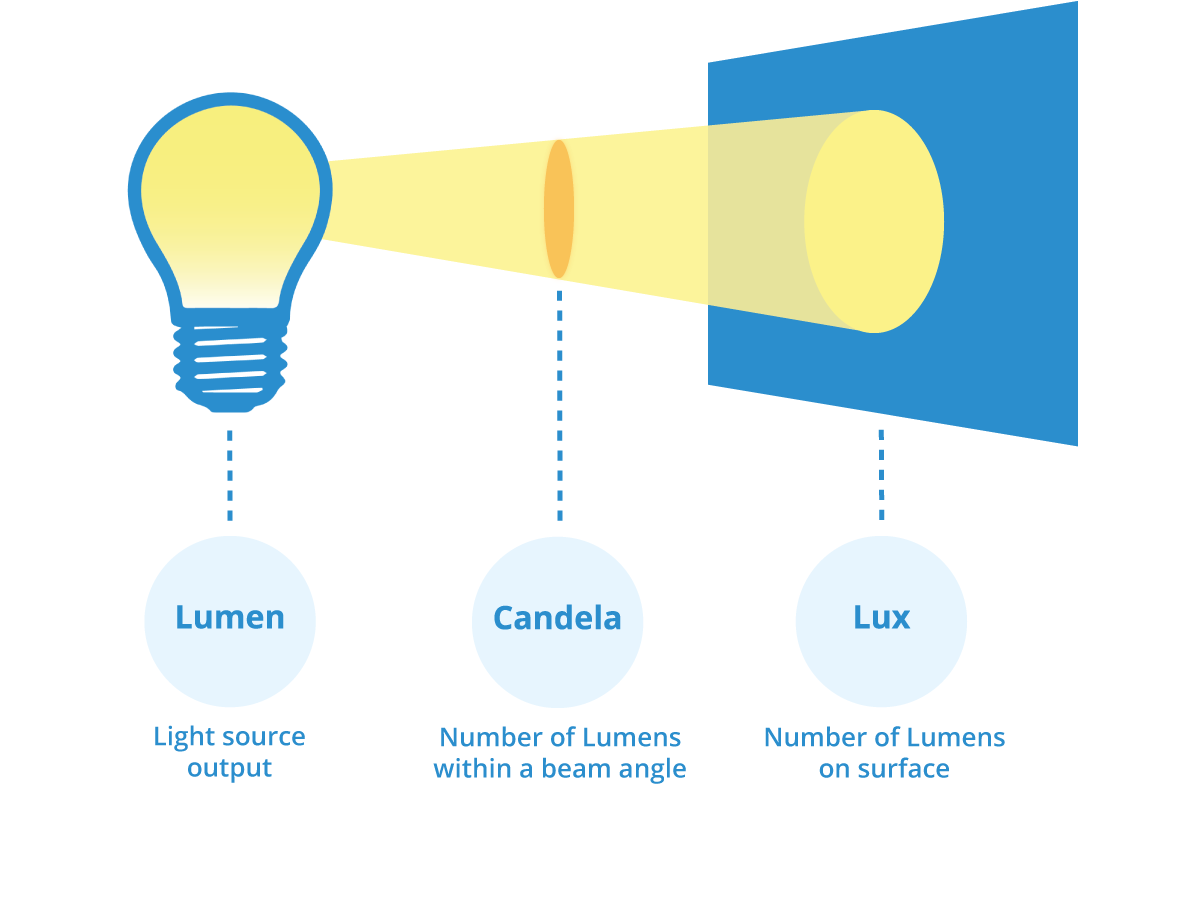
How to convert Watts to Lumens, and finally from Lumens to lux?
Here we need to introduce another concept – luminous efficacy, which refers to the ratio of the luminous flux emitted by the light source to the power consumption. Luminous efficacy is an index to measure the quality of visible light produced by a light source. Luminous efficacy = luminous flux/wattages of a lamp, measured in lumens per watt in the International System of Units (SI). According to the formula, the luminous efficiency is determined by two factors: luminous flux and wattage. The first parameter is defined by the unit lumen (lm), the larger the value, the higher the light efficiency. At the same time, the second parameter, wattage, is equally important. The less wattage required to generate a certain luminous flux, the higher the light efficiency. For different light sources emit the same luminous flux, when less power is consumed, the higher the luminous efficiency of this lamp. The higher the luminous efficiency value, the stronger the ability of the lighting equipment to convert electrical energy into light. This means the lighting equipment has a stronger energy-saving performance which is more environmentally friendly.
For example, the total light emission of a 12W energy-saving lamp is 1080LM, and the luminous efficacy = 1080lm/12W=90lm/W. Through this, we can use it to judge the quality of the lamp.
For Watt to Lumen Conversion Formula, that is Lumens= Watts X Luminous efficacy
The following table compares the luminous efficacy of different types of lamps. We can see that the luminous efficacy of different types of lamps differs a lot. The luminous efficacy of the same type of lamps (such as LED) varies greatly as well in different periods. It is for this reason that we cannot choose lamps solely by wattage. Through the table below, we can probably calculate lumens by wattage. For example, the luminous flux (lumens) of a 50W LED street light is currently about 50w*150lm/w=7500lm.
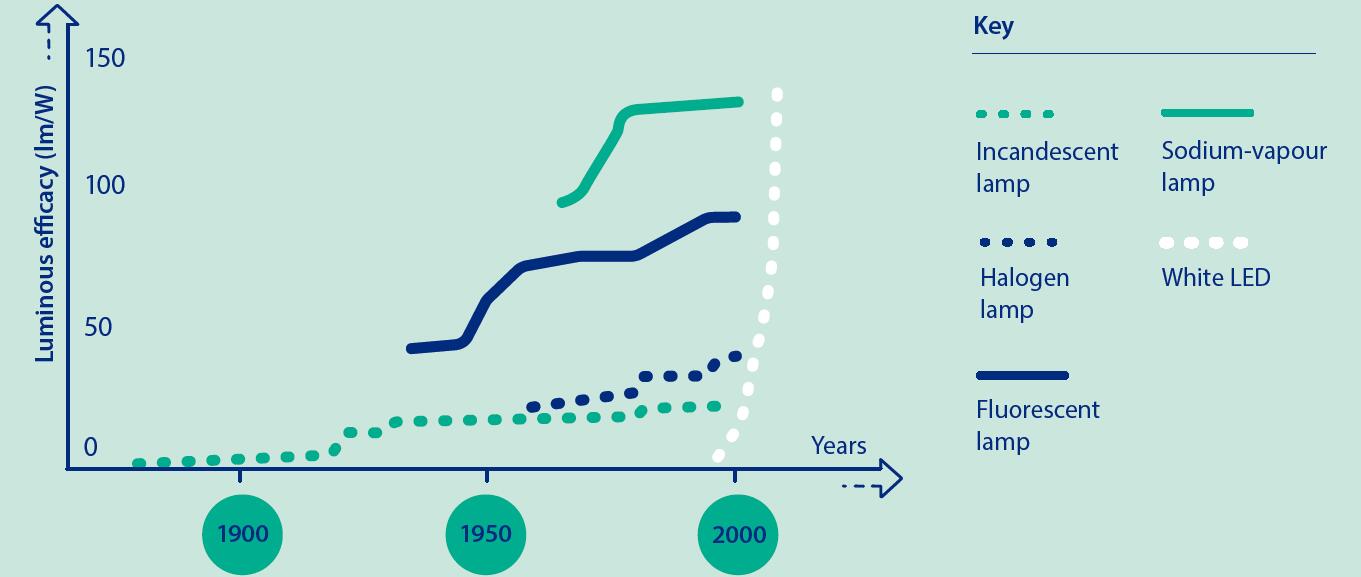
So with the luminous flux(lumen), how can we get the illuminance level when the lamp is applied into project? With the help of lighting simulation software, we can easily get the results. Of course, for ordinary consumers, we have a simple method for preliminary calculations. Through the formula Lux=Lumen*quantity/area in square meters. When the above-mentioned 50W street lamp is installed on a road with a width of 7m, the distance between the lamp poles is 30 meters, and the MF is 0.8, we will get lux=7500lm*0.8/30/7=28lux. Based on this, we can preliminarily judge whether it meets the corresponding road lighting requirements.
How to improve luminous efficacy?
What does the luminous efficacy of light depend on? Luminous efficacy is determined by two factors: luminous flux and wattage of lamp. The first parameter is defined by the unit lumen (lm), and the larger its value is at the same wattage, the higher the light efficacy. At the same time, the smaller the power required to produce the same luminous flux, the higher the luminous efficacy. Therefore, we have to either increase the luminous flux of the LED chips or lamps, or reduce unnecessary power consumption consumed by LED drivers or others.
CCT
By comparing the color of light emitted by a light source with the color of light radiated by a black body (such as platinum) at a certain temperature, the temperature of the black body at this time is expressed as the correlated color temperature of the light source (ie, CCT). It is a unit of measurement that represents the color component contained in light, expressed in Kelvin (K). Correlated color temperature can affect the mood or feel of your space: cool white light can feel cold and concentrated, while warmer, more amber light can feel warmer and more relaxing. LEDs offer a wide range of different color temperatures depending on the application. Generally speaking, LED chips with high Correlated color temperature will have higher luminous flux than one with low CCT. Many projects now require the Correlated color temperature to be less than 4000K, sometimes even 2200K, which is another dilemma. So we need to adjust the color temperature to suit our own projects.
CRI
Color rendering index (CRI) of a luminaire is a measure of the ability of a light source to display the color of an object in a true or natural way. The index is measured from 0 to 100, where 100 means the color under the light source is the same as under natural sunlight. Generally speaking, the higher the color rendering index, the lower the light efficacy of the LED chips or lamps. This makes us need to choose between high CRI and high efficacy. For indoor lighting (such as shopping malls, supermarkets), we can choose products with a CRI of at least 80, because we care about the color of the object when picking goods. For outdoor lighting (such as stadiums, roads), we can choose floodlights or streetlights with CRI>70, because we care more about whether we can see objects clearly in that situation. In the latter case, we don’t need to choose high CRI LED chips to reduce the light efficacy, which will make us very passive in the competition. Of course, that’s not to say that we cannot have both, but the cost is just too high.

Bins
When LED chips are manufactured, they are grouped according to color temperature, CRI, luminous flux (lumens) and forward voltage. We will not introduce too much forward voltage here, it mainly involves the design of lamps, for example, the forward voltage of Lumileds 3030 2D is about 5.8-6.0V. For correlated color temperature and CRI, you can check the previous two sections. The luminous flux bin is the most important that directly matters to product performance. For example, LEDs are sorted according to luminous flux, and LED chips with different light outputs are classified into different bin levels through this. The following is the Binning table of Lumileds. We can see that the lumen output of LED chips with different luminous flux bins differs from each other a lot. In order to get high-efficiency LED lamps, we need to choose Lumileds 3030 chips with Bin of Q, R or even S. Of course, we can also use more LED chips with relatively lower Bin levels. Because with more LED chips, the lower the wattage of a single LED chip, the smaller the drive current of LED. By this, we will get a higher luminous efficacy of lamps.
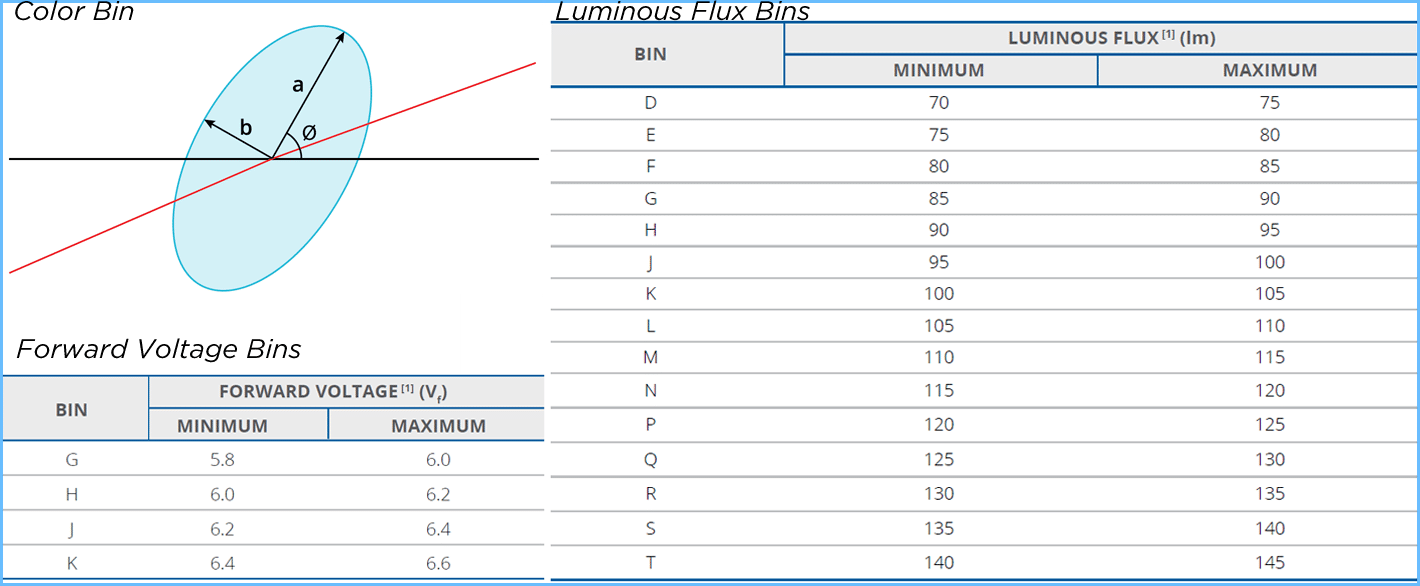
Heat dissipation
Generally speaking, the stability and quality of LED lamps are greatly affected by the heat dissipation of the lamp body. The main components of LED lamps are light source (LED), heat dissipation structure, driver, lens and so on. As an important part, the heat dissipation structure affects the service life of the lamp. We should use reliable heat-conducting materials such as graphene for thermal management, which can avoid serious self-heating effects of lamps and reduce the devastating impact of high temperature on the performance and reliability of LED chips. On the contrary, if the heat is concentrated in a chip with a small size, the temperature of the chip will rise, and the high temperature for a long time will make the light decay curve of the lamp steeper, that is, the luminous efficacy will decrease in a short time. Meanwhile, high temperature greatly increases the probability of LED failure, which makes thermal management a problem that must be solved in high-brightness LED applications.
LED driver
The efficiency of an LED driver is the ratio of the driver output power to the power it costs from the wire (input power). The LED power supply itself also consumes energy, which is the difference between input power and output power. It can be seen that the smaller the proportion of energy consumed by the LED power supply itself, the higher its conversion efficiency. For example, a 100W LED lamp uses two different LED drivers which consume 10W and 20W respectively, then their output power is 90W and 80W respectively. When assume that the light efficacy of the LED chips is 150lm/W, we can get the luminous efficacy of the former is 135lm/W, while the latter is only 120lm/w. The use of high-efficiency LED drivers is designed to consume less energy and save costs for applications which require strong light output.
Lighting distribution
The lens affects the luminous efficacy to a certain extent. For example, PC material and PMMA material have the same thickness and the light transmittance of the latter is 2-3% higher. In addition, the aging resistance of PMMA is also good. These are all helpful to improve the efficiency of LED lamps. In addition, a rationally designed lens can also achieve better illumination levels in applications. The basic principle is to irradiate as much light as possible into the target area. For details, see related blogs-Light distribution of outdoor luminaire and their applications. Through these, we can improve the luminous efficacy of the lamps and saved costs for your project application.
ErP label
Energy efficiency labeling, also known as energy efficiency labeling, is an information label attached to energy-consuming products or their minimum packaging to indicate performance indicators such as product energy efficiency levels. The purpose is to provide necessary information for users and consumers to make purchase decisions. To guide and help consumers choose energy-efficient and energy-saving products. To help EU consumers reduce their energy bills and carbon emissions, from September 1, 2021, widely recognized light bulbs and other lighting products will adopt a new version of the EU energy label. The main reason for this is that with the development of LEDs, the light efficiency has improved considerably, which means that more and more lamps have been awarded A+ or A++ label ratings according to the original standards. With the latest version, we will return to the simpler A-G form, and at the same time improve the corresponding light effect to adapt to the development trend. The figure below shows the difference between them.
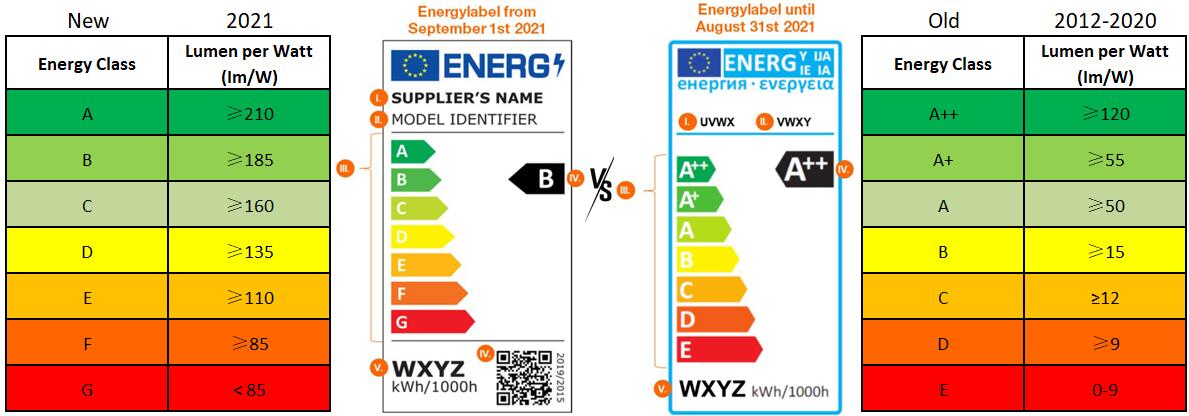
Led Watts to Lumens
| LED | Lumens |
| 12W | 1,125 lm |
| 15W | 1,500 lm |
| 20W | 2,250 lm |
| 30W | 3,000 lm |
ZGSM LED street light with different luminous efficacy
Since its establishment in 2005, ZGSM has been committed to the development of high-efficiency LED lamps. At present, our company has made good progress in the development of LED street lamps. Below we list ZGSM LED street lights with different luminous efficacy in different periods.
- ZGSM D2 series
- Developed on 2009
- CE certificated
- Unavailbale, continued by H series
- ZGSM H series
- Developed on 2013
- CE and ULcertificated
- Module design with UL certificate
- ZGSM K series
- Developed on 2016
- CE, ENEC certificated
- Full die-casting auminium
- ZGSM Rifle series
- Developed on 2020
- CE, ENEC+ certificated
- Tool-less design with full sets of certificates
- ZGSM Falcon series
- Developed on 2022
- CE, ENEC certificated
- ZGSM new generation 20th street light
Summary
This article introduces the basic concepts of wattage, lumens and illuminance level(lux), which are the parameters we come into contact with in project planning. For different types of lamps, high wattage does not mean high lumen output, nor does high lumen output mean high illuminance level. For LED luminaires, improvements in lighting technology have resulted in significant changes in the energy efficiency and cost-effectiveness of LED luminaires over the years. They have made great progress in light efficiency and spectrum, and we should pay great attention to these two when choosing LED lamps. For example, ErP labels can help ordinary consumers determine whether the product meets their specific needs (energy saving, wattage), but for some other applications, such as stadium and road lighting, we should know more about light efficiency, lighting distribution, power supply functions, etc. to better understand and finally serve your own projects. Get in touch with us to get more details.
Related Products
Related Blogs
Related Cases
People also ask
Author introduction

Hello Customers,
My name is Taylor Gong, I’m the product manager of ZGSM Tech. I have been in the LED lights industry for more than 13 years. Good at lighting design, street light system configuration, and bidding technology support. Feel free to contact us. I’m happy to provide you with the best service and products.
Email: [email protected] | WhatsApp: +8615068758483

